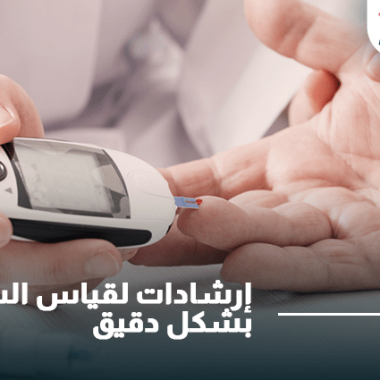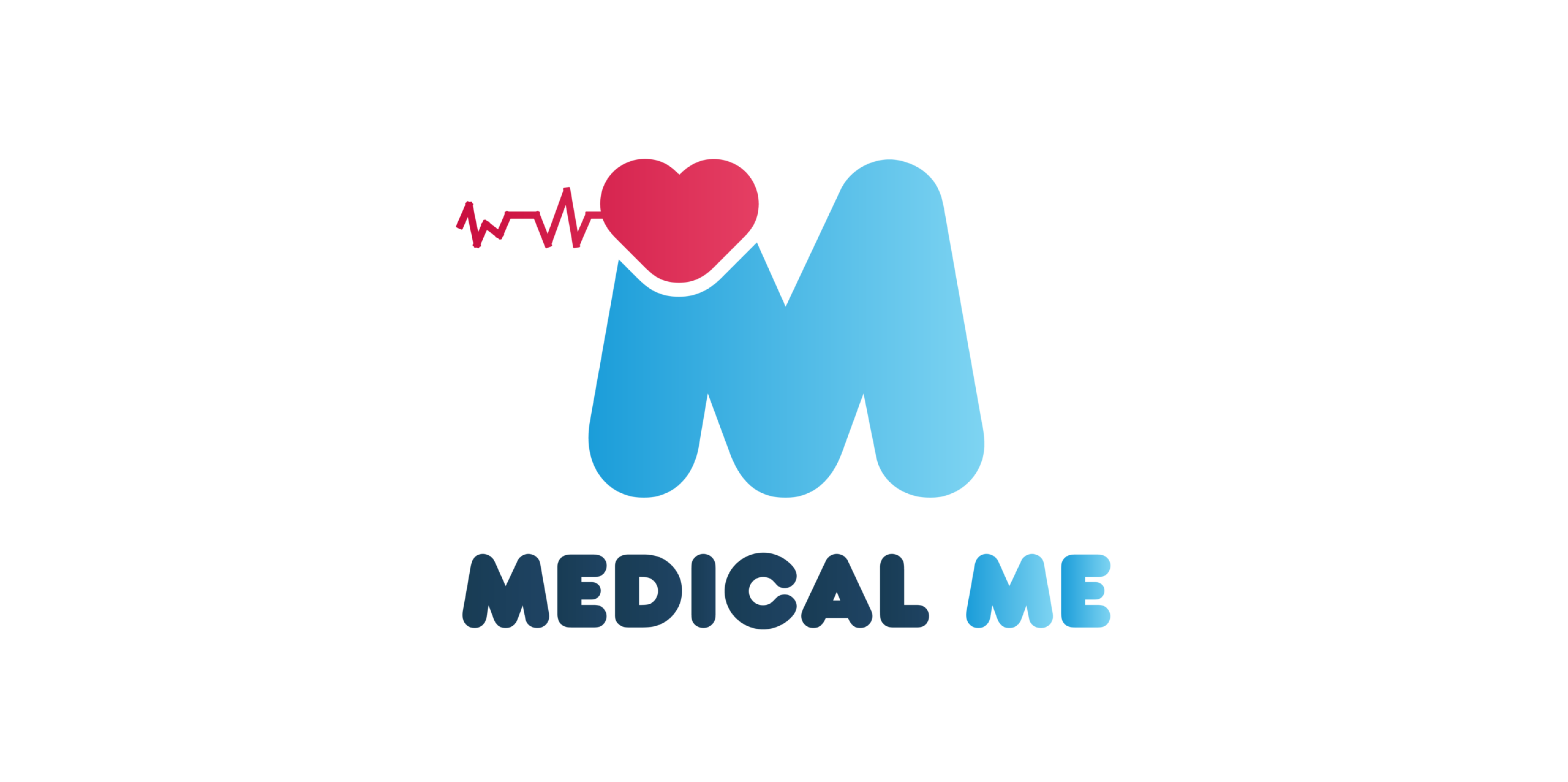يعاني 3 من كل 5 أطفال من الصفراء أي حوالي 70% من الأطفال حديثي الولادةولا ندري ماذا نفعل أو كيف نتصرف، ونجد الكثير من الأطفال حديثو الولادة مصابين بالصفراء ونكتشف ذلك عن طريق اصفرار لون الجلد وبياض العينين. فما هو مرض صفراء الأطفال؟ وما هي أسبابه وكيف تتصرف إذا لاحظت اصفرار جلد طفلك؟ هذا ما سنتطرق إليه خلال هذا المقال.
ما هي الصفراء عند الأطفال؟
اصفرار في جلد الطفل وبياض العين نتيجة زيادة نسبة البيليروبين في الدم.
ما هي مادة البيليروبين؟
مادة صفراء اللون تنتج عن تكسير كريات الدم الحمراء بشكل طبيعي في الجسم متسببةً في خروج صبغة صفراء اللون تتجه بعد ذلك إلى الكبد للتخلص منها.
ولكن تحدث الصفراء حينما لا يستطيع الكبد التخلص من تلك المادة الصفراء أو البيليروبين فتتراكم في الدم مسببةً اصفرار لون الجلد أو بياض العين، ولكن ما هي أسباب ارتفاع نسبة الصفراء عند الأطفال؟
تختلف أسباب الصفراء عند الأطفال عن أسبابها عند حديثى الولادة، سنتعرف على أسباب الصفراء عند الأطفال الكبار وأسبابها عند حديثي الولادة.
أسباب الصفراء عند الاطفال حديثي الولاده
- تتسبب الولادة المبكرة قبل الأسبوع ال 37 في عدم نضج الكبد وبالتالي لا يستطيع التخلص من البيليروبين الزائد، وتزول هذه المشكلة طبيعيًا دون الحاجة لأية علاج في خلال أسبوعين أو ثلاثة.
- يسبب اختلاف فصيلة دم الأم والرضيع؛ مما يسبب تكوين أجسام مضادة تعمل على تكسير كرات الدم الحمراء.
- عدم رضاعة الطفل طبيعياً من ثدي الأم، أو عدم رضاعته بشكل كافي أي أن الطفل يرضع كمية غير كافية من اللبن ويجب اكتشاف السبب وعلاجه (قد يكون السبب وجود فطريات في فم الرضيع تعوق دون قدرته على الرضاعة)، أو حاجته للرضاعة الصناعية.
- تعرض الرضيع لكدمة أثناء الولادة، أو نزيف داخلى أو خدج.
- حدوث عدوى فيروسية.
- ولادة الطفل مصاباً بأمراض في الكبد.
- ولادة الطفل بمرض وراثي يتسبب في زيادة تكسير كرات الدم الحمراء.
أسباب الصفراء عند الأطفال الكبار:
- التهاب الكبد بأنواعه والذي يُفقده القدرة على القيام بوظيفته.
- سرطان الكبد والبنكرياس يؤثران على قيام الكبد بوظيفته في التخلص من البيليروبين.
- حصوات المرارة.
- أنيميا تكسير الدم (hemolytic anemia) إذ تحدث زيادة في معدل تكسير كرات الدم الحمراء عن المعدل الطبيعى ومنها زيادة في إنتاج البيليروبين.
- ابستين-بار فيروس(Epstein-barr virus) وهو فيروس ينتقل عن طريق اللعاب من خلال استخدام فرشاة أسنان شخص مصاب أو الشرب من كوب شخص مصاب.
ما هي أعراض الصفراء عند الأطفال؟
تظهر أعراض الصفراء عند الأطفال حديثو الولادة في خلال 2-4 أيام تظهر على وجه الرضيع أولاً ثم في باقي الجسم، ويصل معدل ارتفاع نسبة البيليروبين في الدم إلى ذروته خلال 3-7 أيام ويمكنك عمل اختبار بسيط بالضغط بإصبعك على جلد الرضيع ضغطة بسيطة، إذا إصفر لون الجلد مكان إصبعك فالاحتمال الأكبر أنها صفراء.
- اصفرار واضح في لون الجلد.
- اصفرار بياض العين.
- يميل لون البول للبنى.
- يصبح لون البراز باهتاً.
تشخيص صفراء الأطفال:
يمكن التشخيص بمجرد النظر لأنها تسبب اصفراراً للجلد وبياض العين.
وحينها يطلب الطبيب فحص نسبة البيليروبين في الدم أو البول.
علاج صفراء الأطفال حديثي الولادة:
تُعالج الصفراء عند الأطفال عن طريق علاج الأسباب السابقة، فإذا كان الطفل حديث الولادة ولم يكتمل تكون الكبد لديه فيتعالج تلقائيًا دون تلقي أي علاج إذ ينضج الكبد بعد أسابيع معدودة.
ويمكنك خلال تلك الفترة تعريض الرضيع لضوء أزرق والذى بدوره يساعد في تكسير البيليروبين الزائد، وكذلك استشارة الطبيب بشأن الرضاعة الطبيعية وعدد مرات الرضاعة في اليوم، فكلما كان معدل الرضاعة (10-12) رضعة تزداد حركة الأمعاء وتتخلص من البيليروبين الزائد.
أما في حالة اختلاف فصيلة دم الأم والرضيع يتم العلاج عن طريق نقل الدم وقد يتطلب الأمر تغيير دم الرضيع بأكمله.
وإذا كان السبب هو عدوى فيروسية يتعالج الطفل عن طريق تلقي العلاج المناسب الذي يصفه الطبيب.
متى يجب زيارة الطبيب عند الإصابة بصفراء الأطفال؟
معظم حالات الصفراء طبيعية ولا تتطلب زيارة الطبيب وتعالج تلقائياً مع نمو الطفل الرضيع، ولكن في بعض الأحيان قد تكون الصفراء عرض لمشكلة أخرى لذلك يجب زيارة الطبيب للتحدث عن كيفية علاج الصفراء عند الأطفال:
- إذا كانت الصفراء مصحوبة بارتفاع درجة حرارة، أي ارتفاع درجة حرارة الطفل عن 38 درجة سيليزية.
- إذا كانت الصفراء شديدة وواضحة.
- إذا كان الطفل يصرخ باستمرار ويبدو مرهقًا وشاحبًا.
ما هي نسبة الصفراء الطبيعية عند الأطفال حديثي الولادة؟
نسبة الصفراء الطبيعية في دم الأطفال تعادل 1 ملليجرام/ديسيلتر.
- إذا كان سبب الصفراء فسيولوجي أي بسبب عدم اكتمال نمو الكبد تزداد تلك النسبة بعد ولادة الطفل بيومين إلى أربعة أيام لتتراوح النسبة بين 5-6 ملليجرام/ ديسيلتر.
- أما إذا كان سبب الصفراء بسبب الرضاعة نجد أن الصفراء تظهر في خلال 5-7 أيام من الولادة وارتفاع نسبة الصفراء عند الأطفال لتتراوح بين 12-20 ملليجرام/ ديسيلتر.
- أما إذا كان سبب الصفراء مرضي نجد ارتفاع نسبة الصفراء عند الأطفال يحدث في غضون 24 ساعة ليصل إلى 5 ملليجرام/ ديسيلتر، وتظل النسبة في ارتفاع حسب السبب.
Sources:

























